There have been four major histories of Knox County, Ohio, written since it was formed in 1808. Together, these histories recount many of the major and minor events of the past 200 years here.
Our "Meandering Through History" timeline attempts to highlight, through stories, photographs and artifacts, the major persons and events for each twenty-five-year period from 1800 to the present day in Knox County.
Click on each date below to read a synopsis of the period.
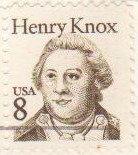 Knox County was established in 1808 and was named for Revolutionary War hero, General Henry Knox, who was a longtime friend and Secretary of War to President George Washington.
Knox County was established in 1808 and was named for Revolutionary War hero, General Henry Knox, who was a longtime friend and Secretary of War to President George Washington.
Mount Vernon became the county seat (quite a story in itself), and as our population grew, new communities as well as new roads and businesses were built throughout the county as the stream of new settlers increased steadily.
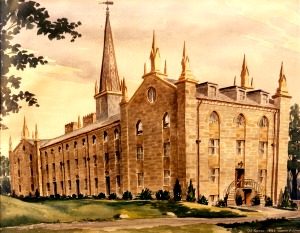
It was in 1826 that attorney Henry Curtis encouraged his friend, Bishop Philander Chase, to bring Kenyon College from Worthington to the rural countryside that would soon become Gambier, Ohio.
In 1828, Johnny Appleseed sold one of his downtown Mount Vernon lots and moved into western Ohio and on to Indiana. A year later, in 1829, our second courthouse became weakened and collapsed, and was soon replaced by a third, very beautiful courthouse, located near the northwest corner of the square. Our county population was then given at 8,326.
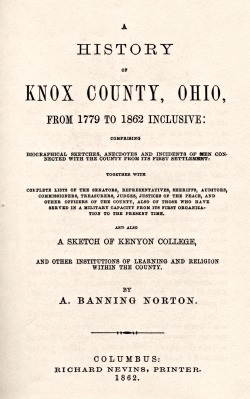
The middle years of the nineteenth century were full of activity in Knox County. New commercial maps in 1853 and 1870 show the growth of Mount Vernon. In 1858, a new and permanent county fairgrounds was established within the city at Division Street, and during this period many local men and women came to prominence in politics and military affairs.
After work had begun in 1874, the new (and once very beautiful) Knox County Infirmary in Bangs was finally completed and ready for the reception of new residents in September, 1877, where it was said to stand as a major monument "to the cultivated, benevolent spirit of the people" of Knox County.
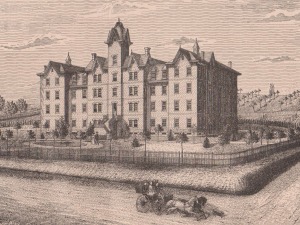
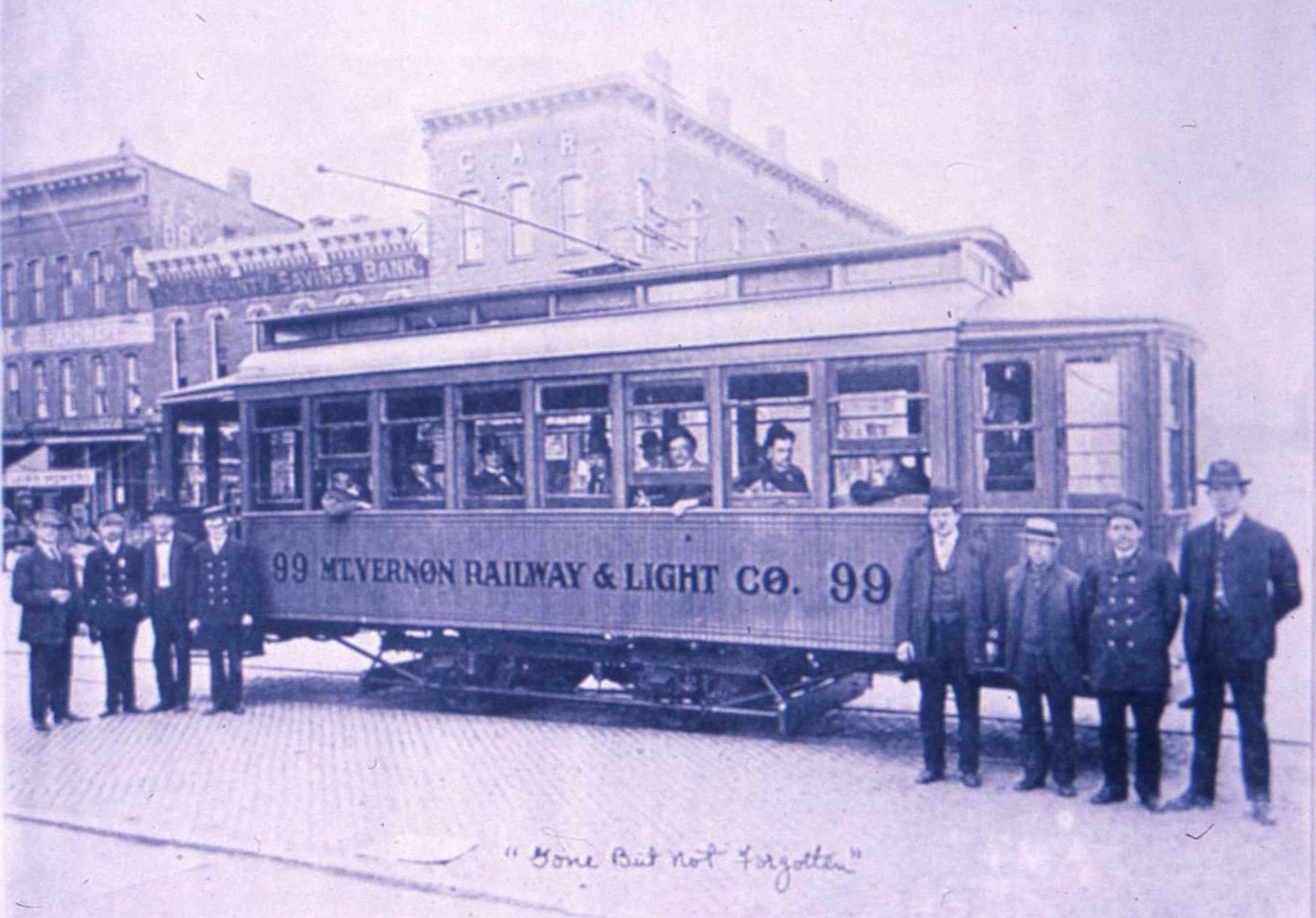 With the new century came a steady increase in streetcar service and automobile ownership, accompanied by the growth of bridges, brick streets, and paved roads and highways. By the 1920's, the 3-C (Cleveland to Columbus to Cincinnati) Highway was paved between Mount Vernon and Columbus.
With the new century came a steady increase in streetcar service and automobile ownership, accompanied by the growth of bridges, brick streets, and paved roads and highways. By the 1920's, the 3-C (Cleveland to Columbus to Cincinnati) Highway was paved between Mount Vernon and Columbus.
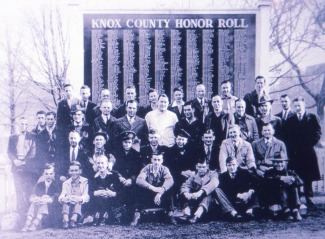
The Roaring Twenties, the stock market crash, the depression, World War II and the post-war baby boom dominate this 25-year period.
There are so many stories to tell!
In March, 1950, Fredericktown marked the 100th anniversary of its incorporation. With the middle of the nineteenth century also came the outbreak of hostilities in Korea in June of 1950, and the loss of 18 Knox Co. servicemen before its end. Radio broadcasting began in 1951 with WMVO-FM, and its AM service went on the air in 1953. Mount Vernon's new library was dedicated in 1952, and our telephone company offices suffered a devastating fire in 1953. Mount Vernon celebrated its Sesquicentennial in 1955. The Mount Vernon Bible College opened in Bangs in 1957, the year that Pitkin's Market closed. And in 1959, winter snow and rain resulted in one of our biggest floods of the twentieth century.
The last quarter of the 20th century saw much growth and change in Knox County . In 1976, Fred Lorey and our Historical Society published his excellent history of Knox County during the
U. S. Bicentennial year, the year that our Pittsburgh Plate Glass Works closed. Record cold weather in 1977 and the blizzard of 1978 were big news. In 1979, Betty Winand became Mount Vernon 's first woman Mayor, and Bert Moore was among those taken hostage in Iran, to be released in 1981 after 444 days in captivity.
